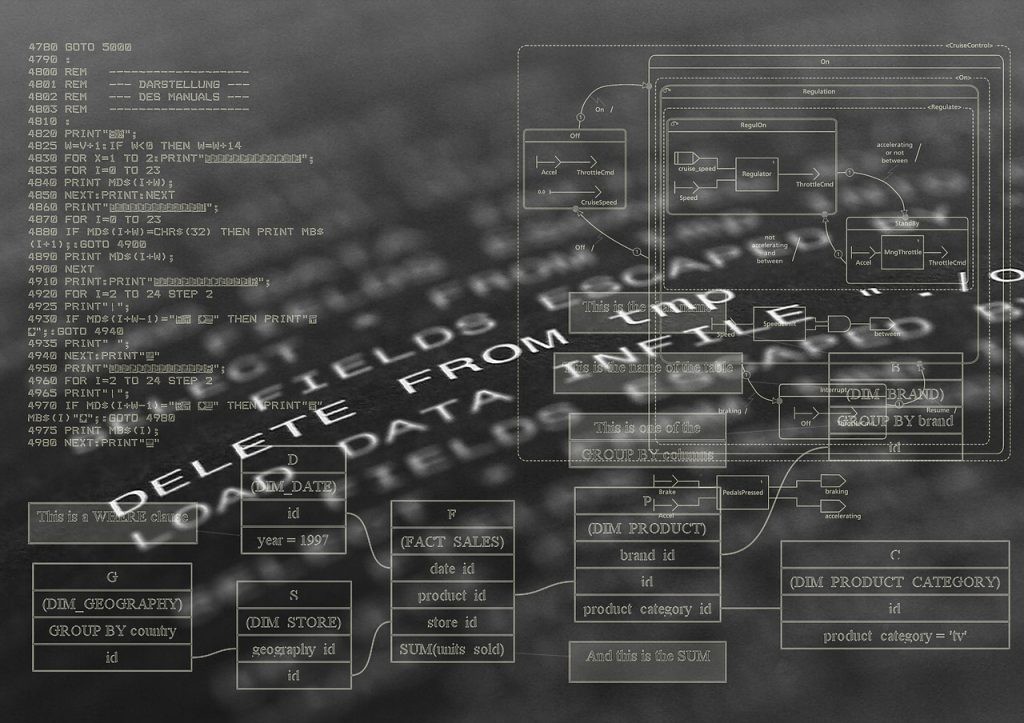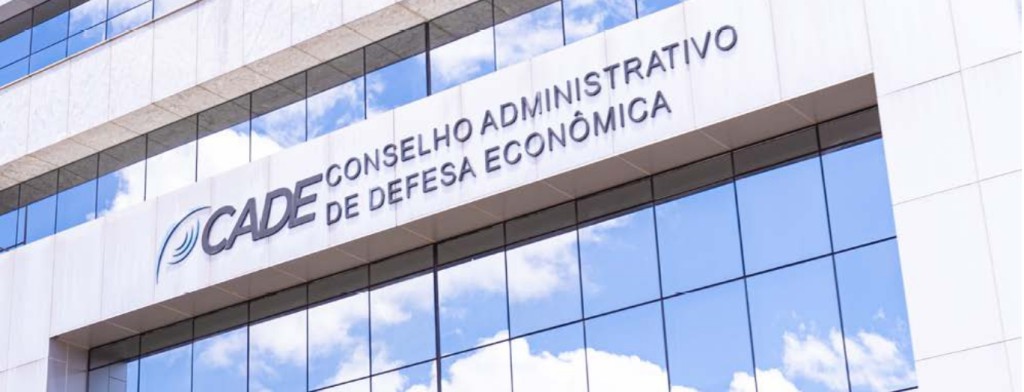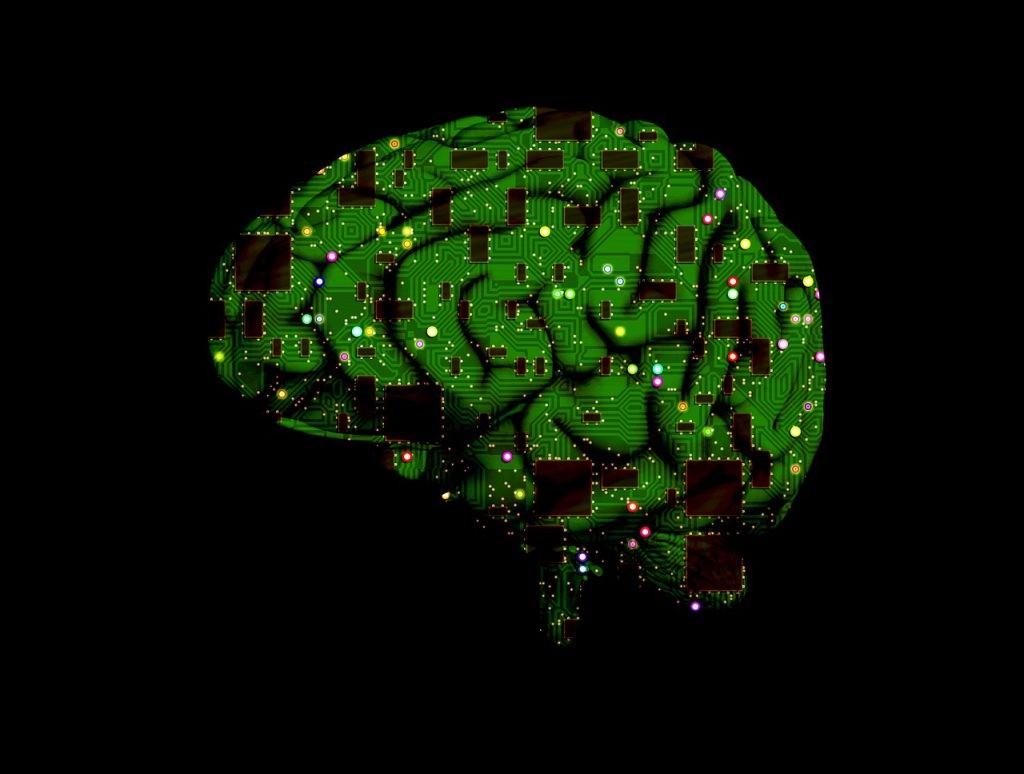
Access to Judicial Data: The American Model
*This is an AI-powered machine translation of the original text in Portuguese
Continuing the series of articles on the main points of the report "Access to Judicial Data in Brazil" [1], presented by the Lawgorithm Association for Artificial Intelligence Research to the Working Group of the National Council of Justice on Access to Judicial Data in Brazil (CNJ Ordinance No. 63/2019), we will provide a brief overview of the publicity of legal proceedings in the United States (U.S.), with a special focus on access to electronic case data.
It is interesting to analyze the American experience, considering the thriving market of lawtechs and legaltechs. There is certainly a close correlation between the expansion of this market and the regime of broad access to case data and judicial pronouncements, as well as the systematization of information and its availability in machine-readable format.
In examining this model, based on common law, it is worth noting that the American federal system grants significant autonomy to its states, which are responsible for organizing their own Judiciary and legislating on procedural rules [2]. The federal Judiciary is responsible for adjudicating cases related to matters enumerated in Article 3 of the Federal Constitution [3], and this jurisdiction can be exercised exclusively or concurrently [4]. Considering these peculiarities, we will analyze here only the structure and functioning of federal courts and the Supreme Court.
The U.S. Constitution does not explicitly provide that all legal proceedings must be public. However, U.S. courts acknowledge that there is a right to inspect and copy judicial records based on common law and the 1st, 6th, and 14th Amendments to the Constitution.
In the case of Nixon v. Warner Communications, Inc., 435 U.S. 589 (1978), the U.S. Supreme Court recognized that it is at the discretion of the respective court to allow or deny access to the records based on the facts and circumstances of the particular case. In that case, press access (Warner) to recordings made in the office and office of then-President Richard Nixon was denied. The relevance of publicity as a means of democratic control over the courts' activity was emphasized in that precedent, with a reference to the case of In re Oliver, 333 U. S. 257, 333 U. S. 270 (1948), in which the same court stated that public trial is a safeguard against any attempt to use the courts as instruments of persecution. In the Nixon v. Warner Communications, Inc., this concern was addressed by giving the public and the press the opportunity to attend the trial and report what they observed there, but without the possibility of broadcasting or recording that trial.
Procedural publicity is not limited to the right to attend the trial but extends to access to records and documents of the case, which can be obtained at the respective court's premises, where copies can be obtained for a fee. The records can also be accessed through the National Archives and Records Administration (NARA), which is responsible for archiving, according to the criteria of the Courts Records Schedule set by the Judicial Conference of the United States [6], documents of historical value or of some other relevance.
At the infra-constitutional level, the E-Government Act of 2002 brought significant progress for the conversion of proceedings to electronic format. Its purpose, as stated in its section 205, is to "enhance management and promotion of government electronic services and processes, (...) establishing a comprehensive framework of measures that require the use of internet-based information technology to improve citizen access to government information and services." In its section 205, it establishes that all U.S. federal courts must maintain a website that provides access to court decisions (in searchable text format), case records, and electronically filed documents. Some courts make their decisions available on both their own website and on the United States Courts Opinions portal [7]. The decisions of the Supreme Court are published by the U.S. Government Publishing Office (GPO) in bound volumes called United States Reports, but they are also available on the court's website.
The E-Government Act of 2002 provides that electronic access may be limited by: 1) a judicial order of secrecy; 2) secrecy under law, as in the case of criminal records of minors (18 U.S.C. 5038(a)) and individually identifiable health information (42 U.S.C. 1320-d-6); and 3) issuance of a protective order to limit access to an electronic document (Federal Rule of Civil Procedure 5.2(e)). Finally, it states that records and extracts of cases closed for over a year need not be kept online, except for decisions made in the case (E-Government Act of 2002, PL 107-347, §205(b)(2)).
The Judicial Conference of the United States, a body similar to the Brazilian National Council of Justice, published the Privacy Policy for Electronic Case Files [8], which determines that transcripts of judicial acts be edited to preserve personal information such as social security numbers, date of birth, and the name of a minor. The online filing of documents is done through the system called Case Management/Electronic Case Files (CM/ECF) and depends on special access granted by a court. Petitions and transcripts of judicial acts must be edited to preserve personal data. Regarding access to electronic case files and judicial decisions, it is done through the system called Pacer, an acronym for Public Access to Court Electronic Records [9]. Any third party can create an account and access it for a fee.
There is no legal provision limiting the volume of documents that can be accessed at the court's premises or electronically. Furthermore, access does not depend on prior indication of a legitimate purpose, unless the record is confidential (Federal Rules of Civil Procedure 5.2) and the interested third party intends to challenge the secrecy order. The federal government's data portal, through which federal court jurisprudence can be searched, provides an Application Programming Interface (API) and a bulk data repository for developers [10].
In the U.S., companies extract data from court websites to provide services such as: 1) case tracking (e.g., Westlaw Dockets); 2) outsourced legal services (e.g., Jotwani Associates, an India-based firm); 3) legal precedent search (e.g., Westlaw); 4) prediction of jurisprudence and risk analysis (e.g., Northpointe Suite); and 5) profiling of judges (e.g., Docket Alarm, which profiles judges and parties, and Ravel Court Analytics and Judge Analytics, which profile courts and judges).
Thus, in the American model, within the sphere of federal courts, there is broad openness to judicial case data, with legal provisions or the possibility of a court order for secrecy or confidentiality of documents, similar to the Brazilian model. There is specific legislation providing for the concealment of certain personal data, such as social security numbers, date of birth, and names of minors, but there are no general procedures for anonymization of litigating parties. The courts maintain websites and repositories of widely accessible jurisprudence as a means of disseminating the content of decisions, and it is worth noting that, in the common law system, precedents are central to the creation and identification of valid law.
The model also brings mechanisms for the legaltech market, with the provision of a portal with an API aimed at developers. There are no restrictions on the volume of data, but fees are charged for providing this valuable material to agents in this market. These charges have not prevented the development of a thriving market for legaltechs, so American companies are now leaders in this sector.
Considering the relevance of the fundamental right to freedom of initiative in the American legal order, there are no restrictions or prohibitions on the types of applications developed from judicial data, and one can find many providers of systems for predicting court behavior and specifically judges.
This open model of judicial case data brings some precautions regarding personal data, but it is far from the safeguards present, for example, in the European model, which will be the subject of analysis in another article in this series. However, the broad access combined with digitization and availability in machine-readable format has created favorable conditions for the development of a thriving technology market, particularly artificial intelligence, applied to law.
References [1] MARANHÃO, Juliano Souza de Albuquerque et al. Access to Judicial Data in Brazil. Lawgorithm, 2020. Available at: https://lawgorithm.com.br/acesso-a-dados-de-processos-judiciais-no-brasil/. Accessed on: Feb 07, 2021.
[2] COLE, Charles D. Comparative constitutional law: Brazil and the United States. 2nd ed. Lake Mary, United States: Vandeplas Publishing, 2008, p. 13.
[3] COLE, 2008, p. 10.
[4] BERCH, Michael A. et al. Introduction to legal method and process: cases and materials. 5th ed. Saint Paul, United States: West Academic Publishing, 2010, p. 57.
[5] THE UNITED STATES NATIONAL ARCHIVES AND RECORDS ADMINISTRATION. National Archives. Available at: https://www.archives.gov/. Accessed on: Feb 7, 2021.
[6] ADMINISTRATIVE OFFICE OF THE UNITED STATES COURTS. United States Courts. Courts Records Schedule. Available at: https://www.uscourts.gov/courtrecords/court-records-schedule. Accessed on: Feb 7, 2021.
[7] UNITED STATES GOVERNMENT PUBLISHING OFFICE. govinfo. United States Courts Opinions. Available at: https://www.govinfo.gov/app/collection/USCOURTS/. Accessed on: Feb 7, 2021.
[8] ADMINISTRATIVE OFFICE OF THE UNITED STATES COURTS. United States Courts. Privacy Policy for Electronic Case Files. Available at: https://www.uscourts.gov/rules-policies/judiciary-policies/privacy-policy-electronic-case-files. Accessed on: Feb 7, 2021.
[9] ADMINISTRATIVE OFFICE OF THE UNITED STATES COURTS. Pacer. Available at: https://pacer.uscourts.gov/. Accessed on: Feb 7, 2021.
[10] UNITED STATES GOVERNMENT PUBLISHING OFFICE. govinfo. Developer Hub. Available at: https://www.govinfo.gov/developers. Accessed on: Feb 7, 2021.
*Co-authored with Carlos Eduardo Santos Pontes de Miranda. Originally published on Conjur
**Image benzoix.



